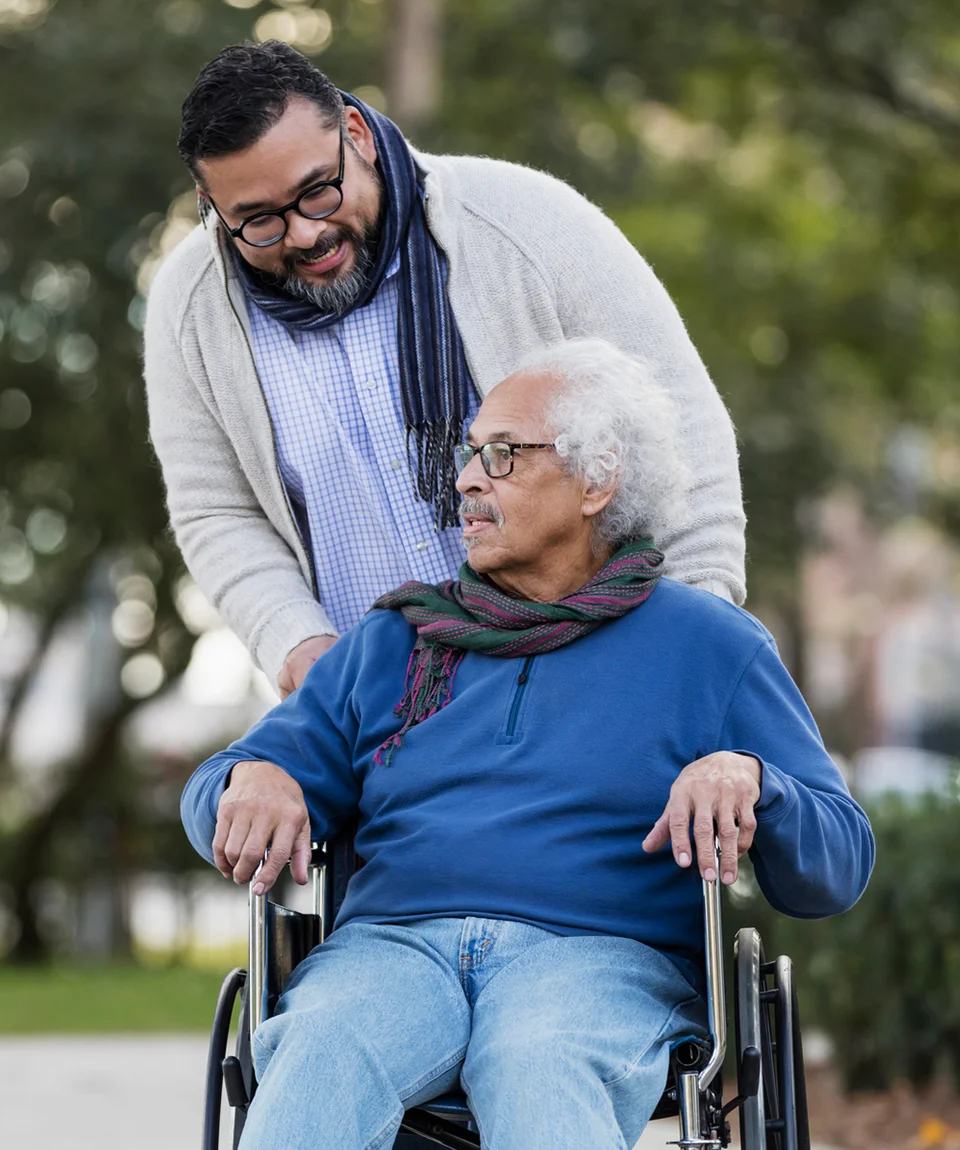What is Kawasaki disease?
Kawasaki disease is a children's disease. Medium-sized arteries throughout the body become swollen and inflamed, including the coronary arteries which supply the heart with blood.
There is effective treatment for Kawasaki disease and most children recover completely. Some children have lasting damage to their hearts which can lead to other types of heart disease over their lifetime.
Complications
Untreated Kawasaki disease can lead to other forms of heart disease.
- Inflammation can weaken parts of the coronary artery walls, causing them to balloon out (aneurysm).
- Blood clots can form in the weakened and widened areas, blocking the artery and leading to coronary artery disease, internal bleeding, or a heart attack.
- Inflammation can occur in the heart muscles (myocarditis).
- Kawasaki disease can cause heart rhythm disorders (arrhythmia).
- Kawasaki disease can cause heart valve disease (valvular heart disease).
Even with effective treatment, Kawasaki disease can still cause these heart problems in a very small percentage of children.
Who is at risk?
Most people who get Kawasaki disease are under five years old. It is very rare after the age of eight.
Kawasaki disease is more common in boys than girls.
People of all racial and ethnic groups can get Kawasaki disease, but it is more common in people of Asian descent.
Causes
No one knows exactly what causes Kawasaki disease. It is not believed to be contagious. Research studies have not identified a bacterium or virus that causes Kawasaki disease. It might be caused by a combination of environmental factors (exposure to bacteria or viruses for example) and genetic factors.
Symptoms
The most common symptoms of Kawasaki disease in children are:
- fever – lasting more than 3-5 days
- rash – on the trunk of the body or in the groin area
- red, swollen palms of the hands and soles of feet
- irritation and redness in the whites of the eyes
- red, dry and irritated tongue, lips, mouth, throat
- swollen lymph nodes in the neck
The other symptoms that you might see in your child are:
- irritability
- joint pain
- diarrhea
- vomiting
- stomach pain
- low energy
Diagnosis
Your doctor will diagnose Kawasaki disease after reviewing your child’s symptoms, taking a medical history and giving them a complete physical exam. There isn’t one specific test that can recognise and diagnose Kawasaki disease, but tests to confirm the diagnosis include:
- urine test to rule out other diseases
- blood test
- electrocardiogram
- echocardiogram
Treatment
Kawasaki disease is treated with medications.
- ASA (acetylsalicylic acid, Aspirin) is used to treat fever, rash, joint inflammation and pain. It also prevents blood clots from forming.
- IVIG (intravenous immunoglobulin) is an immune protein called gamma globulin. IVIG is given through an IV. Starting IVIG early in Kawasaki disease – preferably within 10 days of fever starting – has been shown to reduce the risk of heart complications.
Usually ASA is not given to children because it has been linked to swelling in the liver and brain (Reye’s disease). Kawasaki disease is an exception to this rule, but the treatment must be given by a doctor. Your child may have to stay in the hospital during their treatment.
